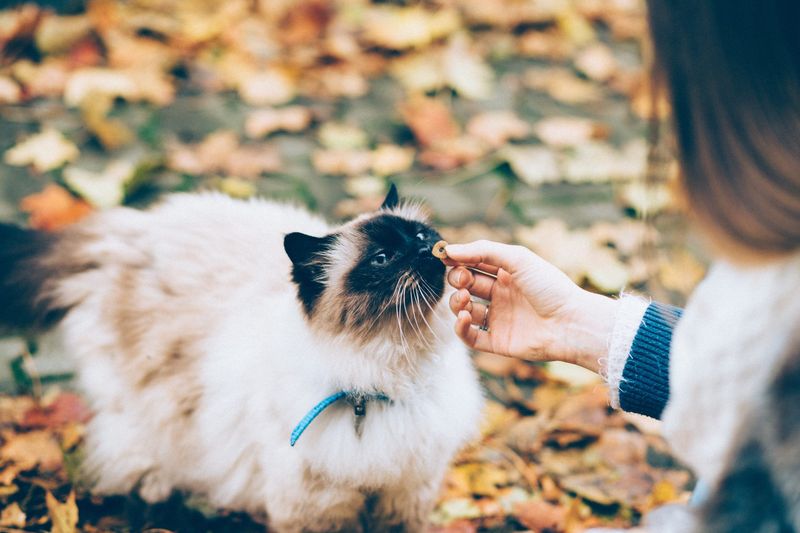📖 Table of Content:
Cats are captivating and independent creatures, making them delightful yet sometimes challenging companions. Proper discipline is essential to fostering a harmonious relationship without jeopardizing trust. This guide explores gentle discipline methods that respect feline instincts while encouraging positive behavior.
1. Understand Your Cat’s Behavior
Ever wonder why your cat seems obsessed with scratching or climbing? These are not acts of defiance but rather natural feline instincts. Recognizing that these behaviors are innate can shift how you approach discipline. Instead of discouraging them, provide outlets such as scratching posts or climbing trees. This redirection respects your cat’s nature while protecting your furniture. Your home becomes a playground that caters to both human and feline needs, creating a balanced and happy environment for all.
2. Use Positive Reinforcement
Have you ever marveled at how easily your cat learns when rewarded? Positive reinforcement taps into this by encouraging desired actions with treats, praise, or affection. It’s about associating good behavior with rewards, making your cat eager to repeat the action. Whether it’s using the litter box or scratching the right post, timely rewards make all the difference. This method doesn’t just teach but strengthens the bond between you, as your cat views you as a source of positivity and trust.
3. Redirect Unwanted Behaviors
Imagine your cat eyeing your new couch with mischievous intent. Instead of scolding, why not redirect that energy? Offering alternatives like a scratching post can turn potential chaos into a cooperative moment. Rewarding your cat when they use the designated spot reinforces this positive behavior. Redirection isn’t just about stopping unwanted actions; it fosters a collaborative dynamic where both you and your cat are satisfied. This approach protects your belongings while considering your pet’s needs.
4. Avoid Physical Punishment
Physical punishment has no place in a healthy cat-human relationship. Have you noticed how fear can make a cat anxious or aggressive? Avoiding physical reprimands ensures your cat remains trusting and calm. Instead, focus on creating a secure environment and use gentle deterrents like a firm voice or a harmless sound to discourage unwanted behavior. This approach maintains trust and fosters a peaceful coexistence, allowing your cat to feel loved and respected at all times.
5. Set Clear Boundaries
Setting boundaries isn’t about restriction; it’s about clarity and understanding. Imagine a home where your cat knows their space and respects yours. Consistency in rules helps your cat grasp expectations and routines. This mutual understanding reduces confusion and enhances your bond. Whether it’s keeping off the dining table or using a specific litter box, clear boundaries guide your cat towards harmonious living. They appreciate the structure and respond with behaviors that align with your household’s rhythm.
6. Be Patient and Consistent
Patience isn’t just a virtue; it’s a necessity in feline training. Have you ever felt frustrated when your cat doesn’t immediately respond to training? Consistency and patience are key. Behavioral changes don’t happen overnight but require steady effort and understanding. By maintaining a calm demeanor and persistent approach, your cat slowly learns and adapts. This patience pays off, resulting in a lasting, trusting relationship with your furry companion. It’s a journey that strengthens your connection over time.






